DYNAMICS OF NONLINEAR CONTROL PROCESSES
Named after E.S. Pyatnitskiy
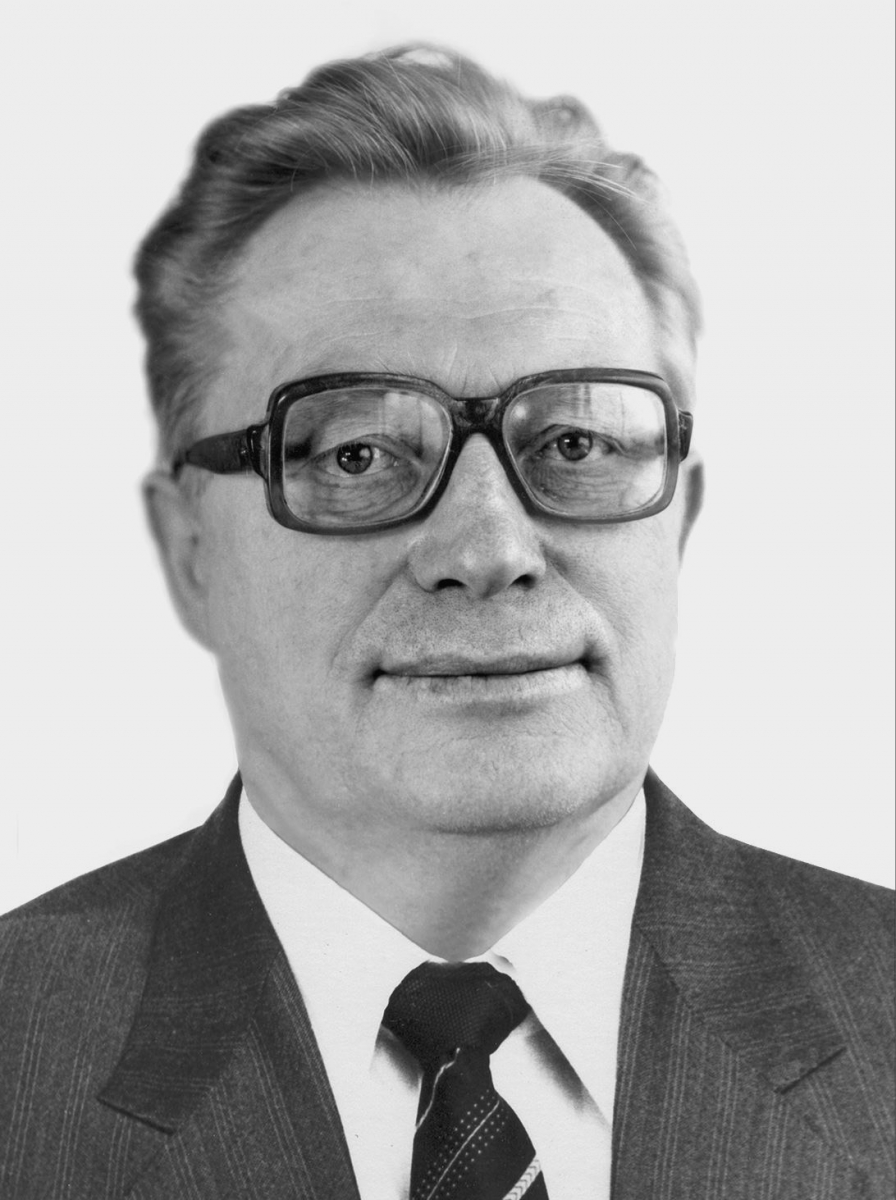 |
|
Evgeny S. Pyatnitskiy, Founder and first Head of Laboratory No. 16 |
The Laboratory was established in 1982 on the initiative of Mark A. Aizerman based on a research group from Laboratory No. 25. Its first Head was Dr. Sci. (Eng.), Prof. Evgeny S. Pyatnitskiy, an outstanding Russian scientist in mechanics and control processes. (In 2000, he was elected Corresponding Member of the Russian Academy of Sciences.) E.S. Pyatnitskiy led Laboratory No. 16 until passing away (2003). Since 2003, the Head is Dr. Sci. (Phys.–Math.) Lev B. Rapoport.
The following scientists significantly contributed to the formation and development of Laboratory’s research areas: Corresponding Member of the RAS, Dr. Sci. (Eng.), Prof. E.S. Pyatnitskiy; Cand. Sci. (Phys.–Math.) I.N. Barabanov; Cand. Sci. (Phys.–Math.) N.V. Dunskaya; Cand. Sci. (Phys.–Math.) V.A. Kamenetsky; Cand. Sci. (Eng.) A.I. Litvintsev; Dr. Sci. (Phys.–Math.) V.I. Matyukhin; Dr. Sci. (Phys.–Math.), Prof. A.P. Molchanov; Dr. Sci. (Phys.–Math.) A.V. Pesterev; Dr. Sci. (Phys.–Math.) L.B. Rapoport; Dr. Sci. (Phys.–Math.), Prof. V.N. Tkhai.
At present, the Laboratory staff includes the following employees: Dr. Sci. (Phys.–Math.) L.B. Rapoport; Cand. Sci. (Phys.–Math.) I.N. Barabanov; A.A. Generalov; Dr. Sci. (Phys.–Math.), Prof. O.V. Druzhinina; Cand. Sci. (Phys.–Math.) V.A. Kamenetsky; Cand. Sci. (Phys.–Math.) Yu.V. Morozov; Cand. Sci. (Phys.–Math.) M.A. Munitsyna; Dr. Sci. (Phys.–Math.) A.V. Pesterev; T.A. Tormagov; Dr. Sci. (Phys.–Math.), Prof. V.N. Tkhai; Dr. Sci. (Eng.), Prof. V.A. Utkin.
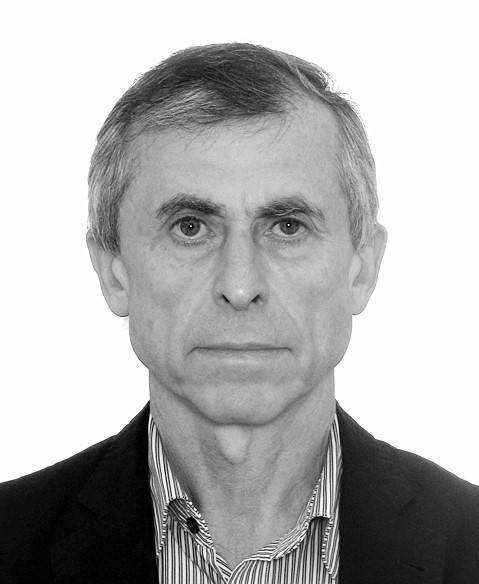 |
|
Lev B. Rapoport, Head of Laboratory No. 16 |
Main research areas:
– general analysis and design methods for nonlinear control systems;
– control of mechanical systems;
– oscillation theory and motion stability of nonlinear dynamic systems;
– satellite navigation methods and control of mobile robots.
Main research results
Among the Laboratory’s main results, note a new variational principle of mechanics (the minimax principle). It reduces optimal control problems for mechanical systems to standard constrained optimization problems.
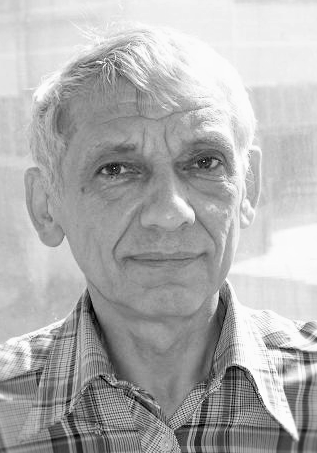 |
|
Vladimir I. Matyukhin |
The decomposition principle was established for controlled mechanical systems. It has many applications: the control of manipulator robots (including multi-armed ones), aircraft, ships, internal combustion engines, and dynamic simulators. The mechanical black box control problem was investigated.
A stability analysis method was proposed for nonlinear systems with incomplete information described by differential and difference inclusions. A variational method was developed to analyze such systems, and new classes of Lyapunov functions were introduced. As a result, new stability criteria were obtained.
The absolute stability domain of control systems with parametric disturbances was considered, and the structure of its boundary was studied. The existence of invariant functions on the boundary of the absolute stability domain was proved. The existence of periodic solutions in such systems was proved in the two- and three-dimensional cases. Constructive necessary and sufficient conditions for absolute stability were derived.
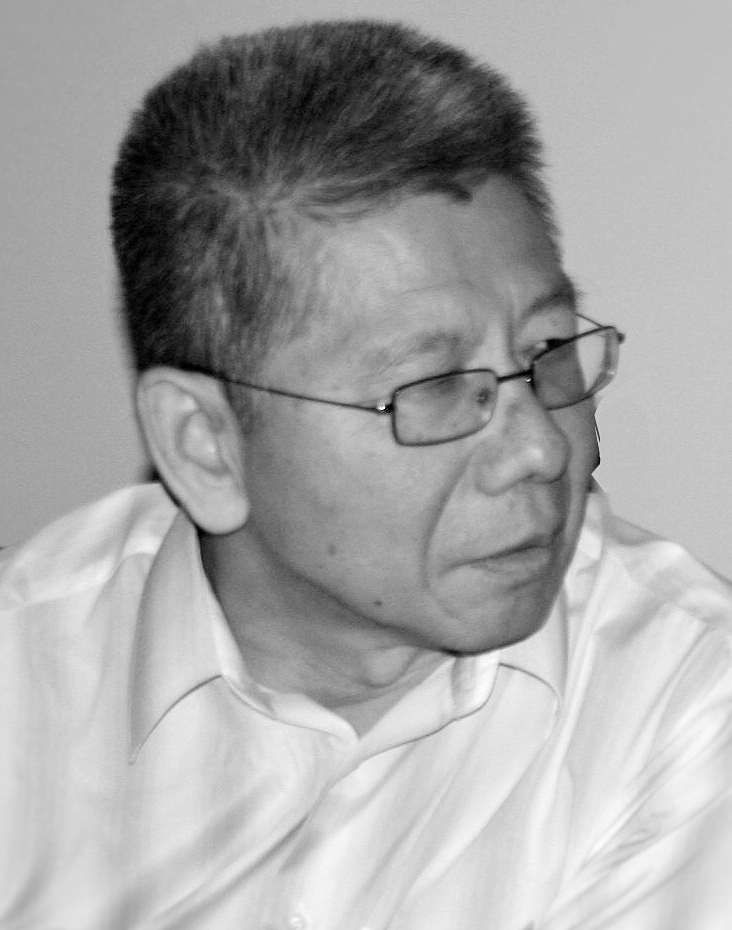 |
|
Valentin N. Tkhai |
The absolute stability of control systems with several nonlinear time-invariant elements was considered, and the necessary and sufficient conditions for the existence of Lur’e–Postnikov functions in terms of linear matrix inequalities and in the frequency form were established. A lossless extension of the S-procedure was obtained for the sign definiteness problem of quadratic forms under special quadratic constraints.
A control method was developed for mechanical systems with elastic elements.
Numerical methods were proposed for constructing Lyapunov functions for deterministic and stochastic systems. A method for constructing Lyapunov functions, developed in the Laboratory, yields the conditions of asymptotic stability, exponential stability, and absolute stability.
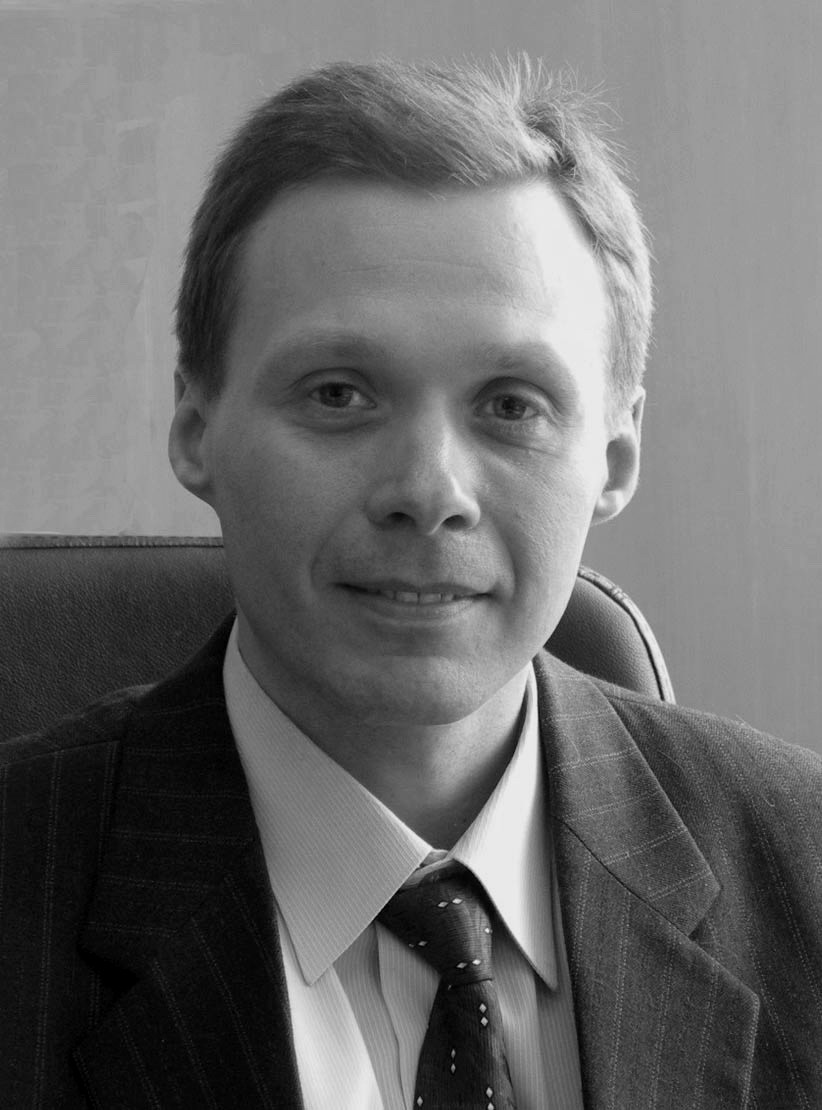 |
|
Ivan N. Barabanov |
For nonlinear controlled systems, necessary and sufficient conditions of stabilizability were obtained (the existence of control–Lyapunov function pairs stabilizing the closed loop control system). Necessary and sufficient conditions of time-invariant stabilizability reduce to finding a smooth solution of a special partial derivative inequality. A similar result was obtained for time-varying plants.
The conditions of exponential and strong stabilizability were established. Necessary and sufficient conditions of stabilizability were obtained under incomplete information about the state vector.
The foundations of a constructive theory of linear matrix inequalities were elaborated.
The biomechanics of controlled human movements was conceptually developed.
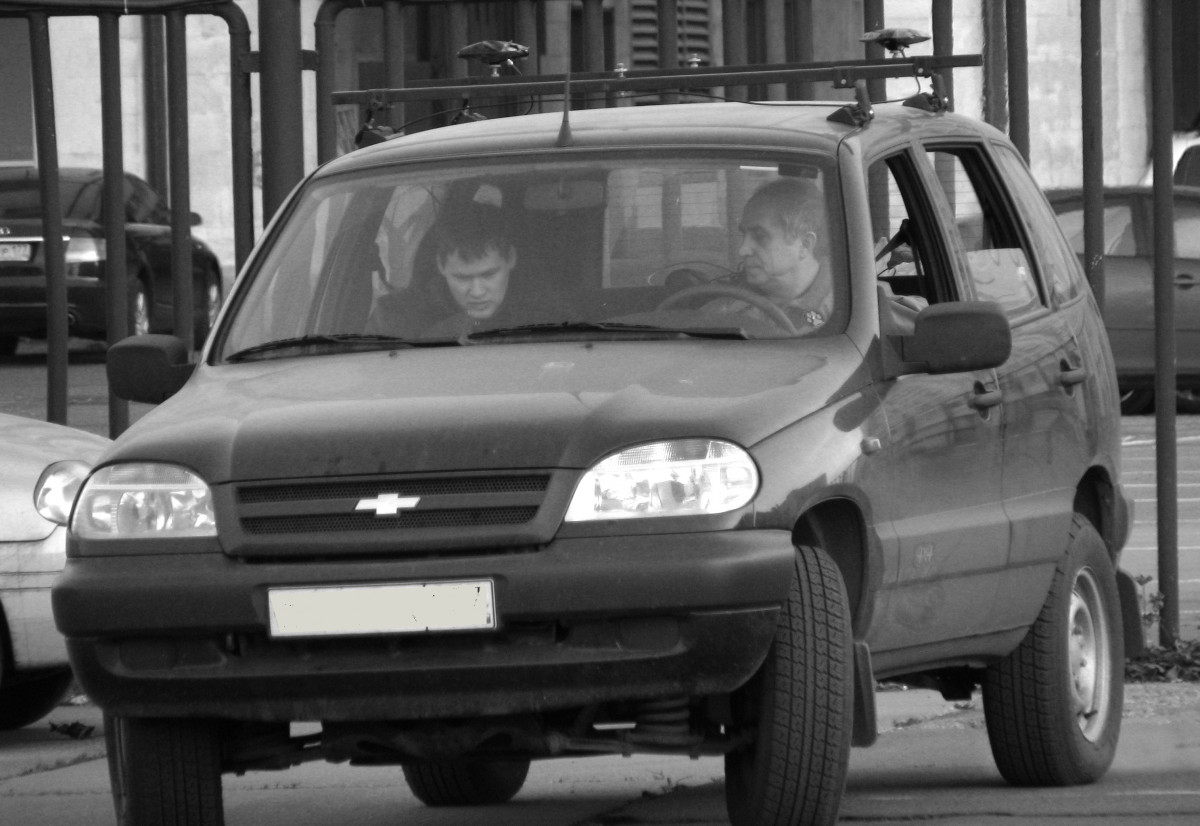 |
|
Testing of a wheeled robot |
In recent years, Laboratory’s employees have been studying GLONASS/GPS and inertial navigation methods with application to the control of mechanical systems. Methods are actively developed to control wheeled robots. Trajectory planning methods were proposed for wheeled robots; control laws were designed, and the domains of attraction and reachability were estimated. The research results have applications in agriculture, construction, and safe operation in difficult conditions.
Prototypes were constructed for mobile robots and the control system implementing Laboratory’s theoretical results. Several patents were acquired.
Nonlinear analysis methods were developed for reversible mechanical systems with space-time symmetry. Several fundamental results were established in the field. They found a great response in the international scientific community.
The theory of periodic motions was proposed within the theory of nonlinear oscillations. It uniformly describes oscillations and rotations. The theory of systems close to resonant and autonomous ones was developed. The oscillations, stability, and stabilizability of systems admitting a first integral were analyzed, and the control problem was solved.
Several important results were obtained on the design of controls ensuring finite-time transients in mechanical systems. This approach, closely related to Pyatnitskiy’s decomposition principle and developed by V.I. Matyukhin, was applied to solve the shock-free contact problem of solids.
The control problem of multi-agent systems was considered; decentralized control protocols yielding a multi-agent formation in finite time under a large number of mechanical agents were investigated.
Rough periodic motion models were discovered, and different sufficient conditions of roughness were established.
Laboratory No. 16 holds the International Conference on Stability and Oscillations of Nonlinear Control Systems (Pyatnitskiy’s Conference). This is a popular RAS conference for experts in mechanics and applied mathematics. E.S. Pyatnitskiy was the organizer, ideological inspirer, and Chairman of the Organizing Committee until passing away. The first Conference took place in 1987. Since 1992, it has been held biannually; since 2004, named after E.S. Pyatnitskiy. Currently, V.N. Tkhai is Chairman of the Organizing Committee.
The range of scientific problems discussed at the Conference includes the most topical issues of control science. Besides the traditional areas (motion stability and oscillations; controllability, observability, and stabilization; control of mechanical systems), robust stability, control of hybrid systems, and modeling of control systems are widely covered. Selected papers of the Conference are included in thematic issues of international peer-reviewed journals (Automation and Remote Control; Applied Mathematics and Mechanics) and the Conference Proceedings indexed by the Institute of Electrical and Electronics Engineers (IEEE).
